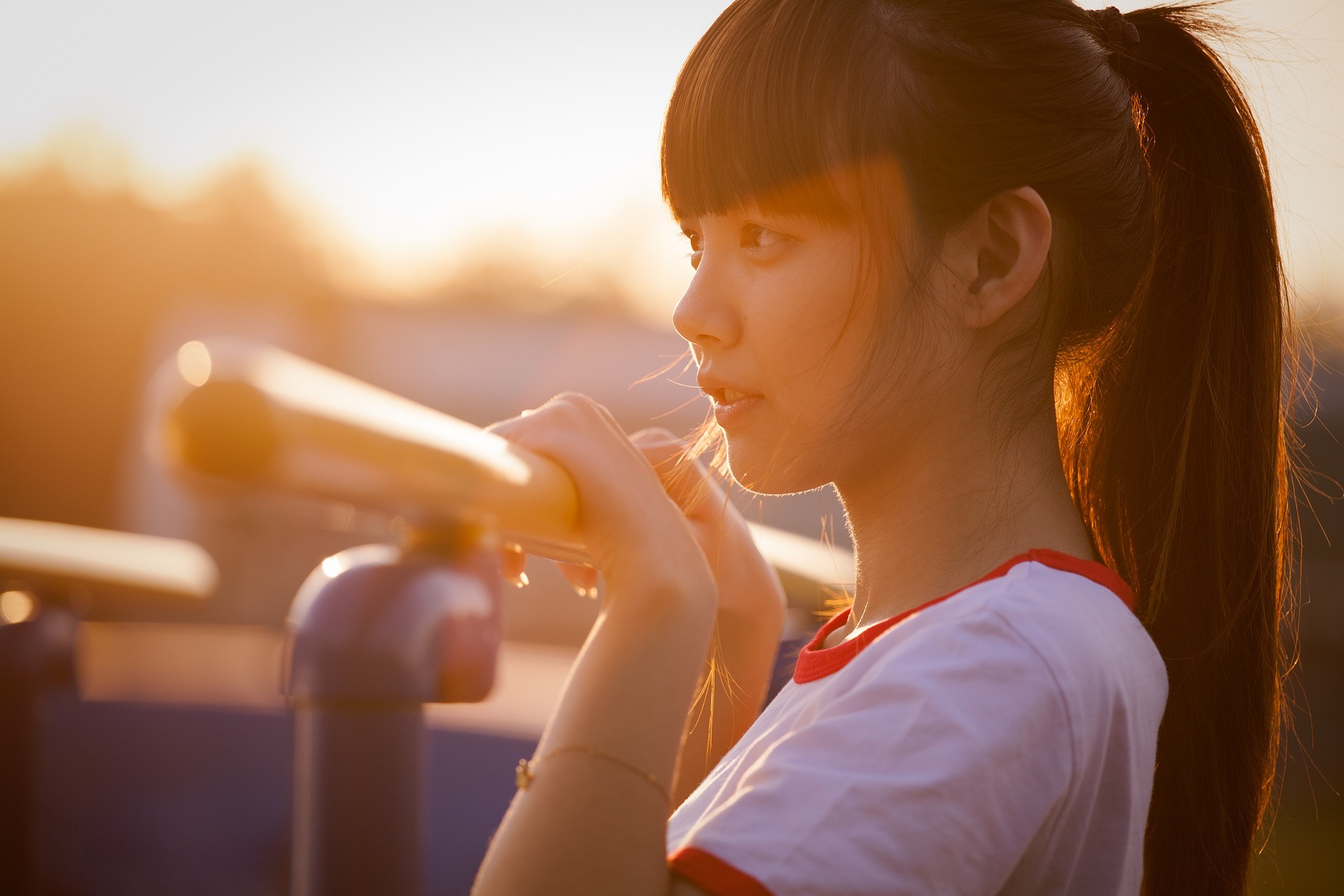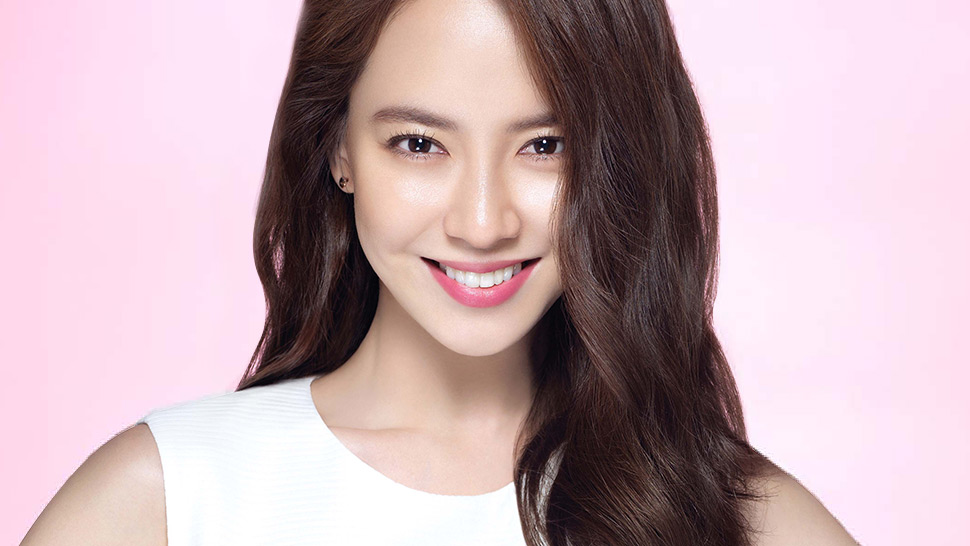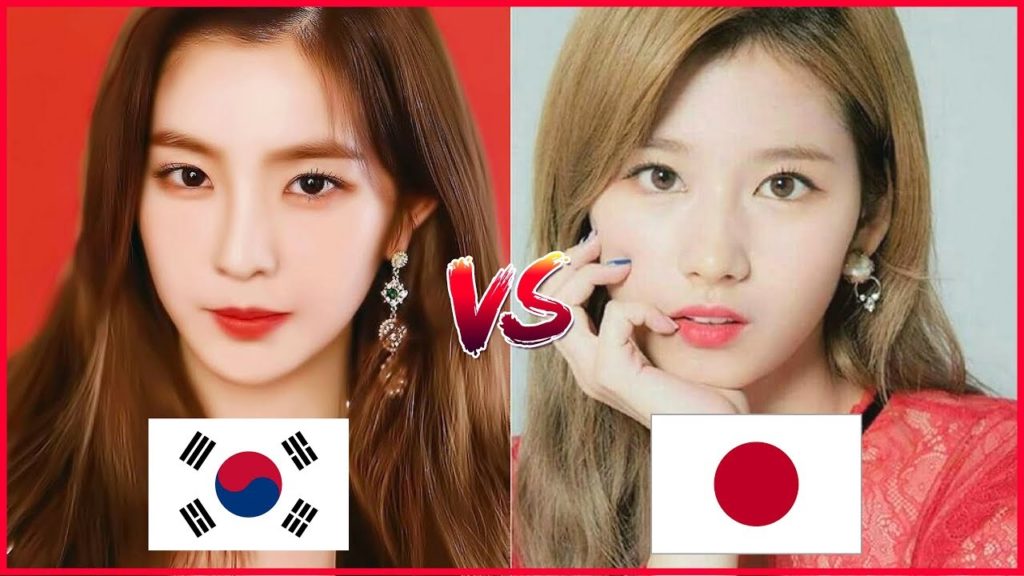One of the biggest misconception westerners have about the east is that all our cultures are similar. From our food, to our names, to the way we do business or act around foreigners. But trust me – no country is like the other, even those that are geographically right next to each other.
Take, for instance, Japanese and Korean beauty standards. Japan and South Korea are neighbors with only a few hundred kilometers between its closest points. The two countries have intertwined histories with each other. Even parts of their culture are based off one another. But when it comes to beauty, there is a big difference between the Japanese beauty standards vs. Korean beauty standards.
Take note that this is not a generalization or stereotyping of these two cultures, though, as some Japanese and Korean people might have a different idea of beauty compared to what is currently popular and trending.
Japanese Beauty Standards
The criteria of a beautiful Japanese man and woman is someone with light flawless skin and foreign-looking facial features. This may be rooted in their history of Japanese geishas serving as the standard for beauty. Women must be slim and petite, have curly eyelashes, double eyelids, long legs, and a quiet personality.
Japanese beauty standards lean more towards simple and natural beauty. Nothing too flashy, but at the same time adhering to certain standards. You know how the US has this thing called “no makeup-makeup look” where a girl is technically wearing makeup but in such a way that it doesn’t look like makeup? Well, the Japanese version of it is that a woman must be light-skinned, slim, and facially attractive without a hint that these are artificial.
For example, a woman will need an eyelash curler and eyelid glue (or for a semi-permanent effect, a trip to their cosmetologist for eyelash perming and a blepharoplasty (eyelid surgery)) to achieve curly lashes and double eyelids if they don’t have it, but it needs to look naturally curly and not like the US standards of eyelashes with a lot of mascara.
J-Beauty Industry

Unlike the beauty industry in the United States where cosmetics and skincare are separate things that connect every now and then, the Japanese beauty industry overlaps with healthcare and skincare. Japanese people believe that natural methods that prevents blemishes is better than methods that remove or conceal these blemishes when they arrive.
Japanese men and women take hygiene and cleanliness seriously, making a habit to cleanse their bodies in the morning at night. This is to cleanse themselves of bodily imperfections and leaving their skin healthy and beautiful.
To maintain their light skin, it is common for Japanese people to actively avoid staying under the sun for too long to avoid tanning. During the summer, some people practice wearing thick clothing despite the temperature as a means to cover up their skin to prevent tanning. They also practice wearing sunscreen while going out and using skincare products that keep their skin hydrated.
Korean Beauty Standards

Korean beauty standards can sometimes overlap with Japanese standards, but Korean standards are more flexible as they change to suit the trends. The list of Korean beauty standards is similar to Japanese standards in the sense that it favors slim women with flawless skin, but it also includes standards for the jaw, lips, eyebrows, and eyes.
Unlike Japanese beauty that leans towards perfection, Korean beauty leans toward youthfulness. They have the concept of “aegyo-sal,” which is the fat deposit located underneath the eyes (not to be confused with eyebags) that make a person look more youthful. Aegyo-sal, together with blepharoplasty, makes a person’s eyes look bigger and more youthful.
While most of Korean beauty expectations fall on women, men are also subjected to beauty standards. They, too, must be slim and have clear skin. While hardly any men in the west are seen wearing makeup (and those that do are labeled as effeminate or gay), it’s not uncommon to see a straight man wear makeup to improve their looks. In fact, male beauty standards in Korea expect men not to look too traditionally masculine and look more androgynous.
South Korea actually has a higher standard of beauty than Japan in the sense that a person’s beauty this can affect their social standing in society. While it’s illegal in most countries to refuse a person work because of their gender, age, or anything that affects their ability to work, in South Korea, a practice called oemo jisang juui is a regular practice in most workplaces. This is the practice of hiring a person based on their looks. When looking for work in South Korea, companies will often ask an applicant for a photograph and their height.
In some cases, jobs with better benefits are reserved for more beautiful people that some applicants resort to dermatology or plastic surgery as an investment for their job. This is why plastic surgery even for younger individuals is socially acceptable. And most of the time, it is for procedures to give people with Asian bone structures more westernized jawlines.
K-Beauty Standards
K-Beauty also focuses on natural beauty, but with a twist. Currently, the trend is to look as naturally luminous as possible, as a moist face is one of the characteristics of a glowing and youthful face. While western beauty markets products pointed towards matte skin, K-Beauty focuses on a natural look.
K-Beauty has become globally popular since 2015. Some of the more popular trends that blew up include snail slime, sheet masks, BB, CC, and DD creams, sunscreen and sleep cream, glass skin.
Aside from the regular cosmetics, cosmetic surgery has become a part of the K-Beauty industry in South Korea. Almost a third of South Korean women ages 19 to 29 years old have undergone plastic surgery. While this negatively affects their views on body image and self-esteem, it shows how important beauty is and how it is valued as a society.
To recap, Japanese beauty focuses on natural beauty and skin care that leads more towards a flawless face. Korean beauty, on the other hand, also mostly values a flawless look as well, but points towards youth rather than perfection and has developed a culture where beauty has become a priority.

